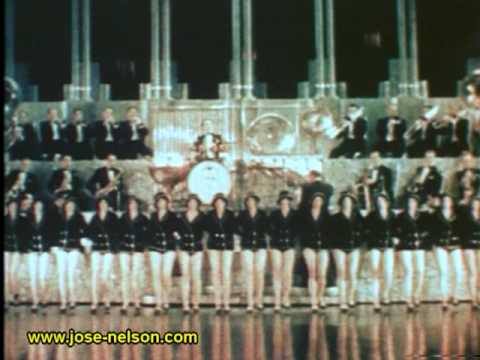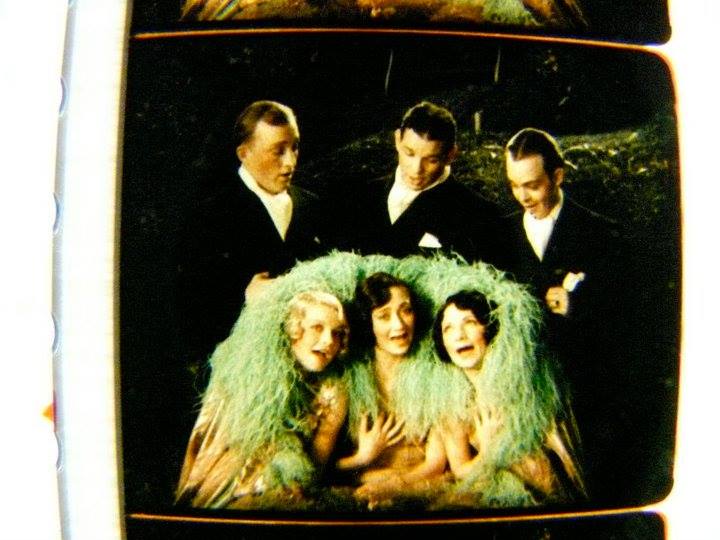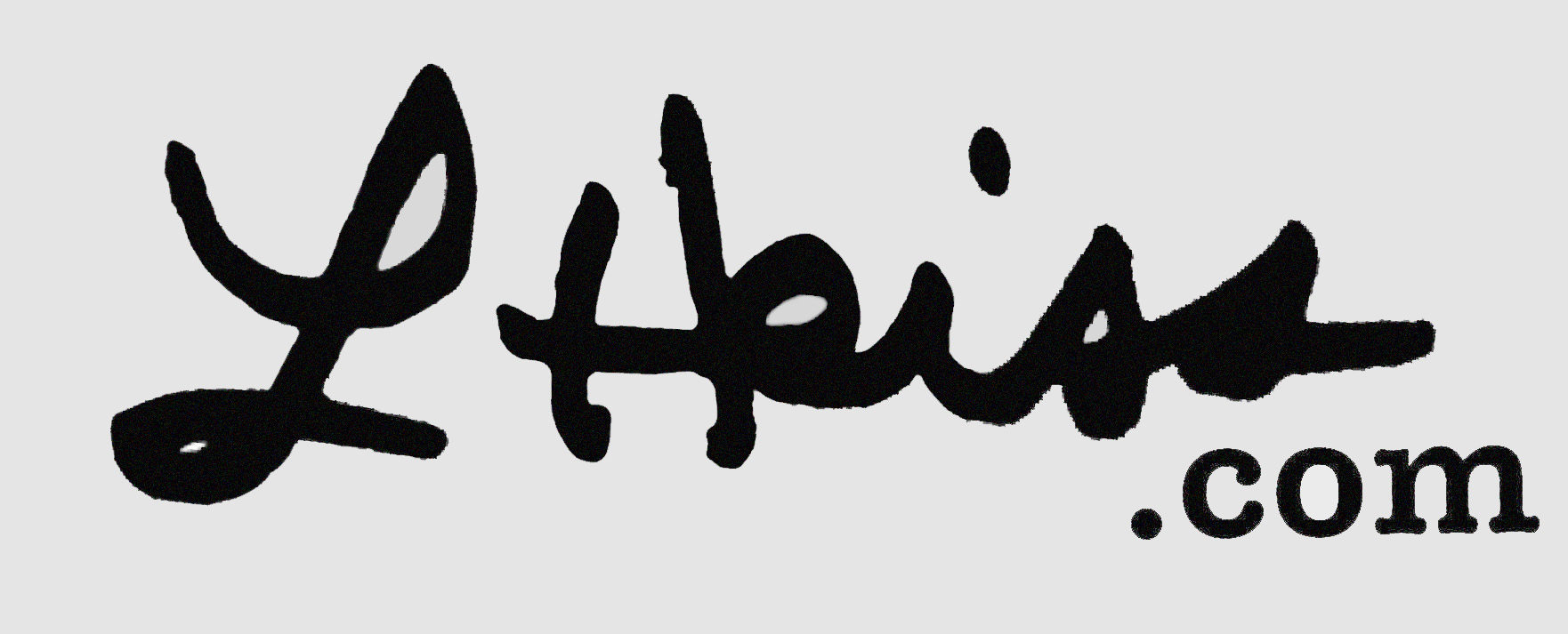

How do I talk about King of Jazz without saying: wow…I mean WOW!
It’s a very unique movie, filmed at the very beginning of the sound era, but completely self-assured, like the filmmakers had been making talking movies in color for years. King of Jazz is basically a series of separated acts held together by the overall presence of Paul Whiteman and his band – at the opening of the film, we see a large book titled: Paul Whiteman’s Scrapbook, and as the pages open and turn, we go from act to act.
The sheer number of acts we go through is amazing, and range from good to outstanding, with production design that is often eye-popping.

After the film’s ‘re-premiere’ last year, I had a conversation with David Pierce (who helped restore this film back to its dazzling present state), and he told me its original premiere was at the Roxy theater in New York, a venue that seated more than 4000 people. One can only imagine what the audience must have felt on opening night almost 90 years ago.
King of Jazz gives you a lot – perhaps too much – of everything. It’s useful to remind ourselves that movies of that day could also go over-budget, but as opposed to today’s over-directed and over-budgeted tentpole blockbusters that leave you leaving the movie theater feeling exhausted, King of Jazz has a wonderful, spendthrift quality that says to the viewer:
We’re going to go all out with this because – for the first time ever – we can!

This sheer spectacle – for spectacle’s sake – makes The King of Jazz a bit fragile as a viewing experience in that you kind of need to see it in a theater with an audience to really get the effect of it, and to also recreate what the movie itself was trying to do – which is to make the viewer feel like they have gone to a fantastic All-Star Broadway review show – not just a great show, but the best one they are ever going to see … that kind of visual experience just isn’t going to work in other formats – for example King of Jazz will not work on a media like Youtube, it may do better with a large format TV with a group of loyal fans cheering with popcorn flying. What I’m saying this film demands to be seen on a big screen with a crowd.

There are many things one is struck by when watching King of Jazz, and the most obvious of all is how “white” it is. The film can be enjoyed for its own merits, and invites discussion about what the word “jazz” even meant to popular culture in 1930.
The movie itself asks this question: What IS jazz, and it started to explain how it is a mix of many different cultures, represented by groups of musicians who jump or fall into a huge (melting) pot.
When I saw this sequence unfold, I went into my ‘hunker-down-cringe’ mode, thinking at some point they would have a blackface group of musicians/dancers do something very un-PC and then plunge into the pot. The countries kept going by, one by one, and no Africa – I think they even had Lichtenstein and the Duchy of Fenwick do little song and dance numbers. Then there was a lightning bolt and roll of thunder, and ‘jazz’ had arrived.

I think the filmmakers finessed the situation. They meant (but did not state explicitly) that the pot itself was the heritage of the African music – they said earlier in the movie that jazz was ‘born in Africa,’ then you have the different cultures with their own kind of music sink into the pot – and when they are ‘all in, we had a quick shot of the lightning and thunder (the rhythm) and you have the American jazz idiom. Better to do it that way, because the African connection becomes central, not just one more flavor dumped in the pot.
King of Jazz is an amazing time capsule to another time and place, but most of all, it’s a celebration of great talent and a kickoff to the turbulent and supercharged pre-Code era.


